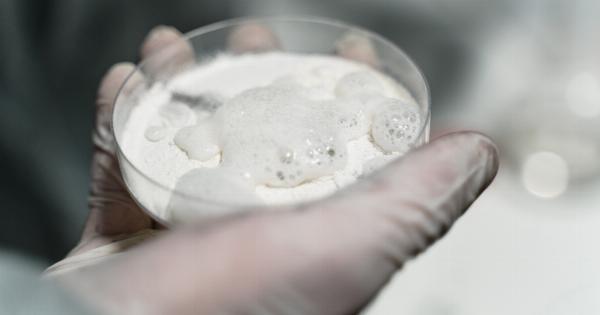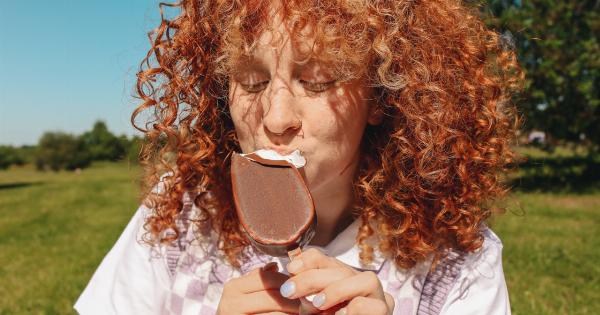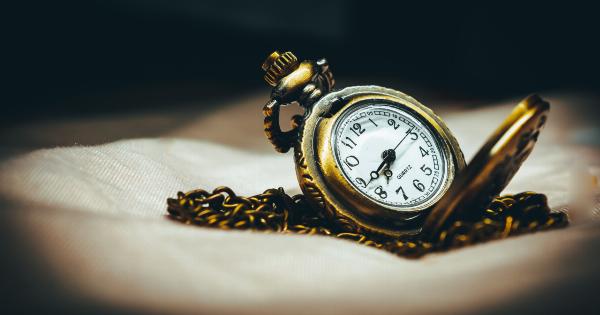Foreplay is an essential element of any sexual encounter, providing physical and emotional stimulation that helps set the stage for a pleasurable experience.
While the duration of foreplay can vary greatly from one couple to another, finding the perfect balance is crucial for both partners to feel satisfied and connected. In this article, we will explore the importance of foreplay, factors that influence its duration, and tips on how to find the ideal length that suits your relationship.
The Importance of Foreplay
Foreplay is not just a trivial prelude to sexual intercourse; it is an integral part of the entire sexual experience. It helps increase arousal, ignites passion, and enhances intimacy between partners.
Engaging in foreplay allows the body to prepare for sexual activity by increasing blood flow to the genital area, promoting lubrication, and arousing the senses. It also helps both partners relax and build anticipation, leading to more satisfying orgasms.
Factors That Influence Foreplay Duration
While there is no universal rule for the ideal duration of foreplay, several factors can influence how long it should last. These factors can vary from couple to couple and may include:.
1. Personal Preferences
Each person has different desires and preferences when it comes to foreplay. Some individuals may prefer a shorter duration, while others may enjoy extended sessions of sensual exploration.
Open communication and understanding between partners are key in determining the ideal length of foreplay, as it should cater to the needs and desires of both individuals involved.
2. Relationship Dynamics
The dynamics of a relationship can heavily influence the duration of foreplay.
Established couples who have been together for a long time may have a better understanding of each other’s needs and preferences, leading to shorter foreplay sessions as they become more attuned to one another. In contrast, new or less experienced couples may require more time to explore and discover each other’s bodies, desires, and boundaries.
3. Time and Mood
Foreplay duration can also be influenced by external factors such as time constraints and the mood of both partners. If there is limited time available, couples may opt for a shorter foreplay session.
Alternatively, a relaxed and romantic setting with ample time can allow for more extended foreplay, adding anticipation and excitement to the overall experience.
4. Sexual Arousal
One of the primary purposes of foreplay is to increase sexual arousal. The duration of foreplay can vary depending on how quickly both partners become aroused.
If one partner requires more time to reach a heightened state of arousal, then the foreplay session may naturally last longer. Paying attention to each other’s physical and verbal cues can help determine when both partners are ready to transition to the next stage.
Tips for Finding the Ideal Duration
Finding the perfect balance for the duration of foreplay requires open communication, experimentation, and a willingness to explore each other’s desires. Here are some tips to help you find the ideal length that suits your relationship:.
1. Communicate Your Desires
Discussing your desires and preferences with your partner is crucial in finding the right duration of foreplay. Be open about what turns you on, the level of arousal you prefer, and any specific activities you enjoy during foreplay.
Understanding each other’s needs will help create a satisfying and pleasurable experience for both partners.
2. Explore Different Techniques
Experimenting with various foreplay techniques can help determine what works best for you and your partner. Try incorporating touch, kissing, oral stimulation, massage, or the use of sex toys to enhance the experience.
Pay attention to how each technique affects your arousal levels and adjust the duration accordingly.
3. Focus on Quality, Not Quantity
Foreplay is not solely about the duration; it is about the quality and intensity of the experience as well. Rather than fixating on a specific timeframe, focus on creating a passionate and connected atmosphere during foreplay.
Enjoy the journey of exploration and allow the duration to flow naturally based on the responses and desires of both partners.
4. Be Mindful of Each Other’s Responses
During foreplay, paying attention to your partner’s responses and cues is key. Observe their body language, listen to their verbal cues, and adjust your approach accordingly.
If your partner is fully aroused and eager to move on, it may be an indication that the duration of foreplay has been sufficient. On the other hand, if they are still longing for more, consider prolonging the foreplay session.
5. Break the Routine
Foreplay should never become a monotonous routine. Keeping things exciting and fresh can help maintain the passion and engagement between partners. Explore new activities, locations, or role-playing scenarios to spice up the foreplay experience.
Breaking the routine can often lead to longer and more enjoyable foreplay sessions.
Conclusion
There is no one-size-fits-all answer to the question of how long foreplay should last. It is a deeply individualized experience that depends on personal preferences, relationship dynamics, time constraints, and levels of arousal.
The key is to find a balance that satisfies both partners and enhances the overall sexual experience. Through open communication, experimentation, and attentiveness, couples can discover the perfect duration that complements their unique desires and deepens their intimate connection.































